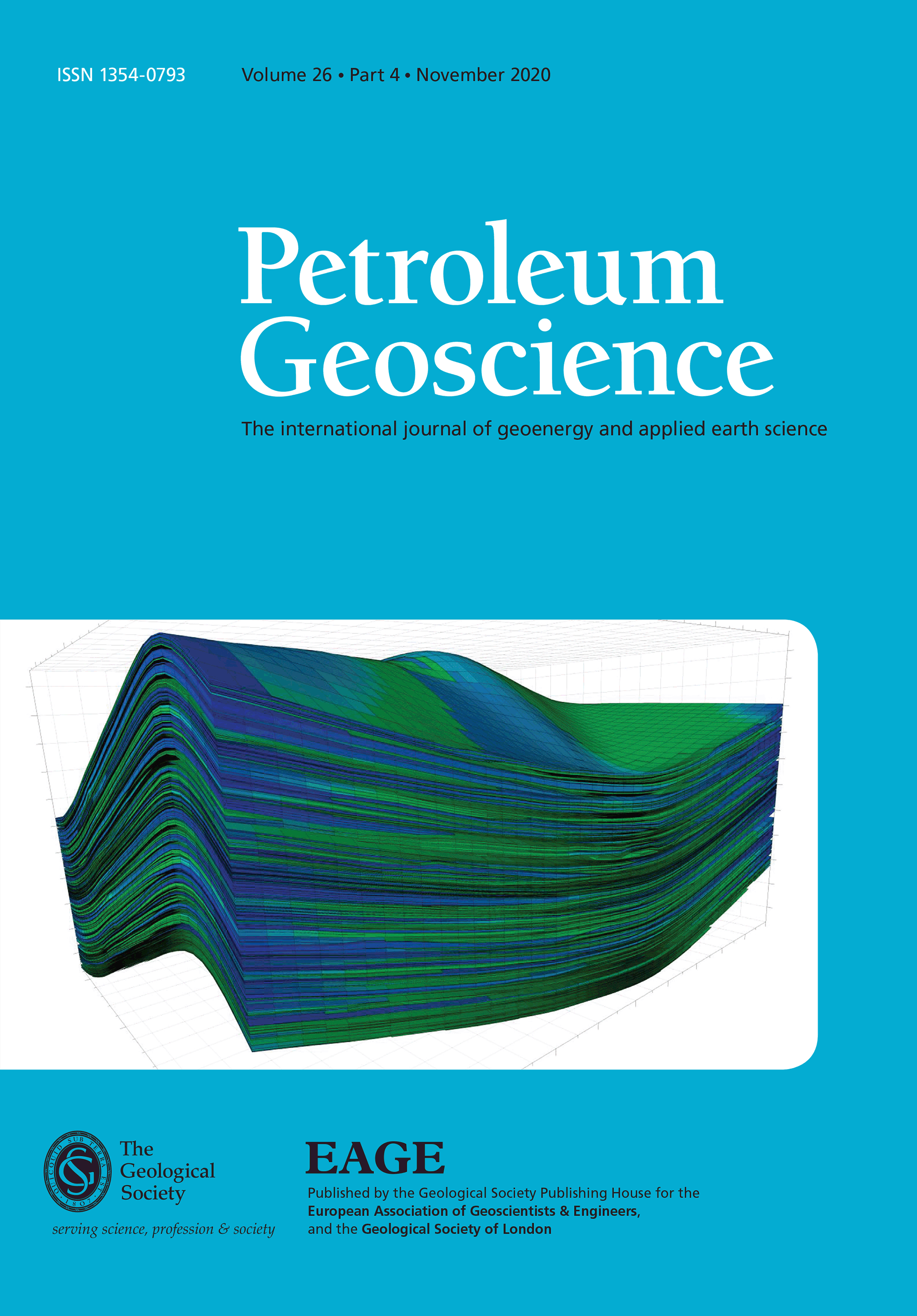
Full text loading...
Large volumes of hydrocarbons reside in volcanically influenced sedimentary basins. Despite having a good conceptual understanding of how magmatism impacts the petroleum systems of such basins, we still lack detailed case studies documenting precisely how intrusive magmatism influences, for example, trap development and reservoir quality. Here we combine 3D seismic reflection, borehole, petrographical and palaeothermometric data to document the geology of borehole 5/22-1, NE Irish Rockall Basin, offshore western Ireland. This borehole (Errigal) tested a four-way dip closure that formed to accommodate emplacement of a Paleocene–Eocene igneous sill-complex during continental break-up in the North Atlantic. Two water-bearing turbidite-sandstone-bearing intervals occur in the Upper Paleocene; the lowermost contains thin (c. 5 m), quartzose-feldspathic sandstones of good reservoir quality, whereas the upper is dominated by poor-quality volcaniclastic sandstones. Palaeothermometric data provide evidence of anomalously high temperatures in the Paleocene–Eocene succession, suggesting the poor reservoir quality within the target interval is likely to reflect sill-induced heating, fluid flow, and related diagenesis. The poor reservoir quality is also probably the result of the primary composition of the reservoir, which is dominated by volcanic grains and related clays derived from an igneous-rock-dominated, sediment source area. Errigal appeared to fail due to a lack of hydrocarbon charge: that is, the low bulk permeability of the heavily intruded Cretaceous mudstone succession may have impeded the vertical migration of sub-Cretaceous-sourced hydrocarbons into supra-Cretaceous reservoirs. Break-up-related magmatism did, however, drive the formation of a large structural closure, with data from Errigal at least proving high-quality, Upper Paleocene deep-water reservoirs. Future exploration targets in the NE Irish Rockall Basin include: (i) stratigraphically trapped Paleocene–Eocene deep-water sandstones that onlap the flanks of intrusion-induced forced folds; (ii) structurally trapped, intra-Cretaceous, deep-water sandstones incorporated within intrusion-induced forced folds; and (iii) more conventional, Mesozoic fault-block traps underlying the heavily intruded Cretaceous succession (e.g. Dooish). Similar plays may exist on other continental margins influenced by break-up magmatism.
Supplementary material: Borehole-related reports, and litho- and composite logs are available at https://doi.org/10.6084/m9.figshare.c.4803267

Article metrics loading...

Full text loading...
References


Data & Media loading...

